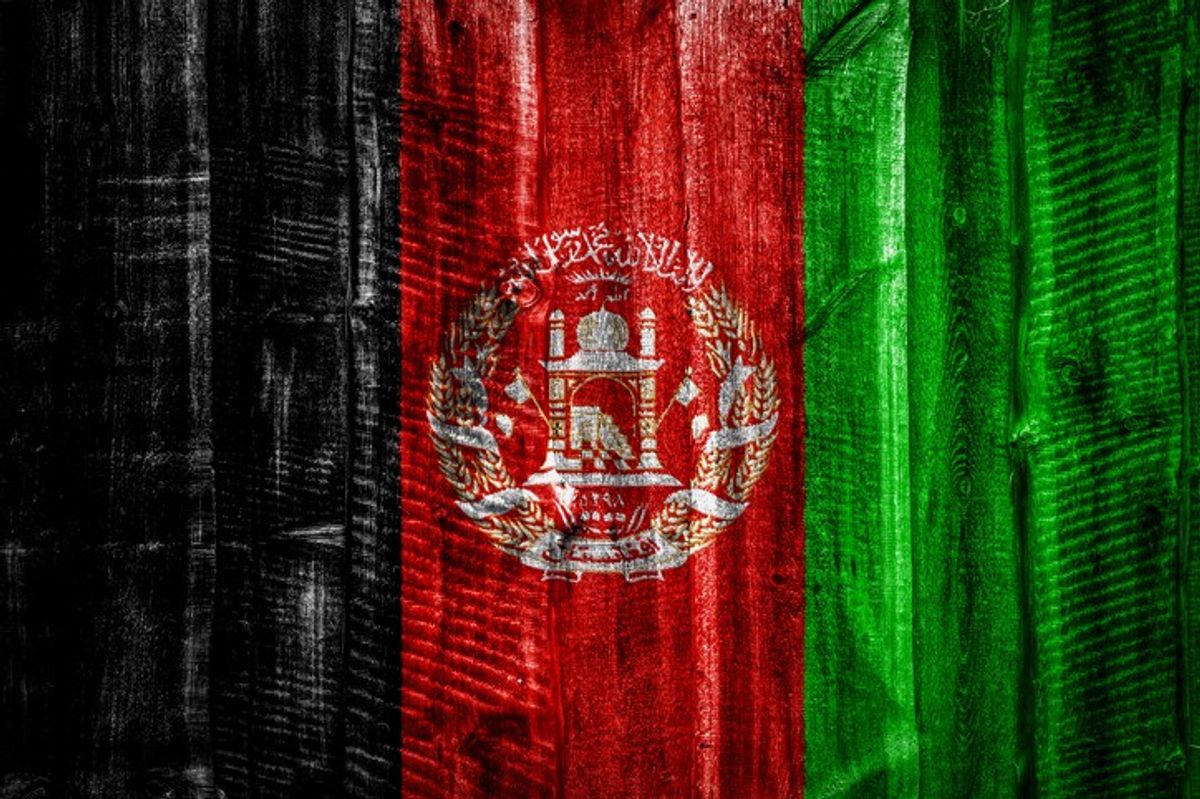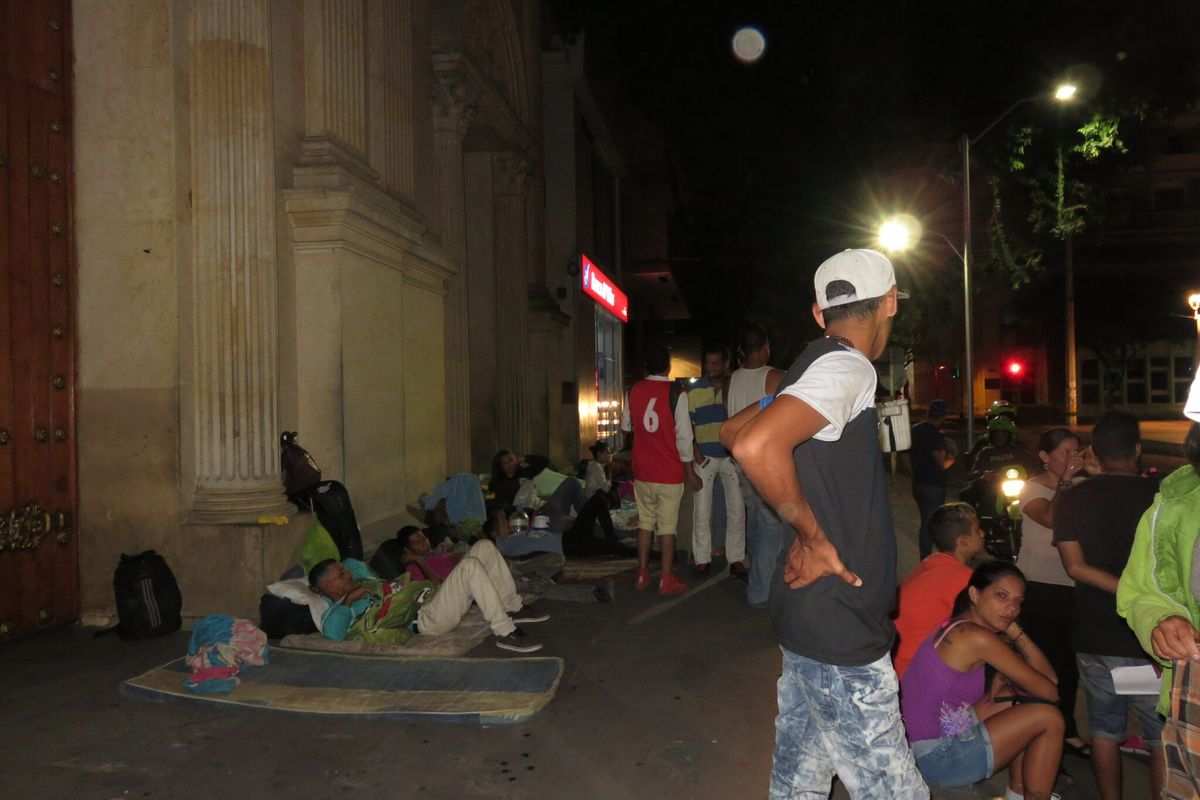The Colombian government and the Revolutionary Armed Forces of Colombia (FARC) guerrillas this week signed an historic ceasefire, bringing the two sides one step closer to ending over fifty years of bloody conflict. Despite this landmark achievement, however, new challenges lie ahead.
The agreement, announced in Havana, Cuba, is a key piece of the larger puzzle of a peace deal that would end a conflict that has killed or displaced more than 200,000 people. Thursday’s agreement was signed by Colombian President Juan Manuel Santos and FARC commander Rodrigo Londono, better known under the alias Timoleón Jiménez or Timochenko.
The ceasefire announcement does not mark its start, however — an actual end to hostilities and the disarming and demobilization process will only begin once the final, larger peace accord is signed.
The ceasefire does go far beyond what has existed before - unilateral and sporadic ceasefires from FARC’s side. But implementation faces significant political, economic and practical hurdles, experts told The Cipher Brief.
“It looks in retrospect that getting to the agreement, as difficult as it is, will be relatively easy compared to the enormous challenges of implementation,” Cynthia Arnson, the Director of the Latin America Program at the Woodrow Wilson Center, said.
This is not the first time that Colombia has attempted peace, but “it is the first time the job is so well done,” Andrea Saldarriaga Jiménez, a researcher at the Atlantic Council’s Adrienne Arsht Latin America Center, said.
“Many Colombians were and still are uncertain about the FARC’s intention to give up arms,” Saldarriaga Jiménez, who leads the Atlantic Council’s Colombia analysis, said. “The agreement on bilateral and final ceasefire shows that they are serious about this, it reflects that the government trusts that they are, and therefore that an end to the armed conflict in Colombia is finally within reach.”
Challenges ahead
“There are huge, huge obstacles to implementation,” Arnson said.
Top issues once the peace agreement is finalized include significant changes stemming from agreements concerning agrarian reform, the FARC’s involvement in the illegal drug trade and the incorporation of the FARC into the Colombian political system, according to the experts.
The presence of organized crime and illegal economies in the country, which strengthened somewhat during this period of peace talks, also remain a difficult challenge for the country, as significant violence - unrelated to the insurgency – remains. Meanwhile, making the mechanism for transitional justice credible, timely and effective will be a major concern in the period of implementation.
Successfully reintegrating the FARC rebels who demobilize will also be one of the key difficulties for Colombia.
“Many of them just grew up only as soldiers in the jungle — how will they be reintegrated and physically protected?” Vanda Felbab-Brown, a senior fellow in the Center for 21st Century Security and Intelligence in the Foreign Policy program at Brookings, said. “What kind of economic security will they have? There is fear they will face reprisals, too. If they’re not successfully integrated into society and don’t have viable economic options, will they join criminal groups?”
Effectively filling the vacuum of power left by the FARC demobilization, and preventing it from being filled by other non-state actors will be crucial, according to Arnson. There are also concerns over the FARC rebels who may not be interested in demobilizing possibly joining the National Liberation Army (ELN) and increasing their ranks, or going directly into organized crime, she said.
But there is “wide expectation that ELN will also negotiate a deal,” commented Felbab-Brown. Unless the ELN does receive a large number of defectors, “the only viable path for the ELN” is to attempt to negotiate. But the process is nowhere near as advanced as that with the FARC, the larger rebel group.
And don’t forget there will be a public vote, Saldarriaga Jiménez pointed out.
“The biggest challenge ahead will be the plebiscite. Once the Constitutional Court gives its green light, Colombians still need to decide whether they want the peace agreement to be implemented or not. This will be a huge political battle between President Santos and former President Uribe, who has adamantly opposed the deal since the beginning,” she said.
And many have called the 2014 presidential elections a referendum on peace, as Santos made the peace process the flagship of his reelection campaign, she noted.
“In that sense, it could be expected that Colombians will vote for peace once again. However, Santos has hit record lows in popularity recently. But Uribe and his party did very poorly in the October 2015 local elections. So the wind could go both ways,” Saldarriaga Jiménez said. “Despite this, with the peace agreement finalized and available to all, Colombians will be able to judge the agreement for themselves. President Santos will have huge work to do: he will have to explain to the Colombian people what the importance of peace is and what the dividends of peace will be.”
A historic moment
“I think it’s very important, very positive, very significant, even as there are massive issues left,” Felbab-Brown said. “But it is very positive to see how much support it had in Colombia — that was not inevitable. And I do believe it will be signed.”
Santos has said he expects a peace deal to be signed on July 20 — Colombia’s Independence Day — but the experts said that was unlikely, saying it would probably take a few weeks or months longer.
“July 20 would be a historical day to sign the peace deal since it is independence day. However, President Santos has shown in the past that he will not rush the negotiations for the sake of sticking to a timeline. The fact that they did not rush the negotiations of this part of the agreement for when President Obama was in Cuba is a testament to this,” Saldarriaga Jiménez said. “In any case, the Constitutional Court now has to decide if the plebiscite is constitutional, and this will probably take until mid-July. So there is no need to accelerate the final important details of the peace deal.”
The government would not have agreed to a bilateral ceasefire in the absence of major progress on issues such the concentration of guerrilla fighters, disarmament and international monitoring and verification, Arnson said. “The contours of what was laid out are enormously significant,” she said.
And there is much work ahead, Saldarriaga Jiménez noted.
“As a Colombian, I think the responsibility is now on us to reject a culture of violence, to give future generations better opportunities and to give our country a chance to re-write its story and finally live in peace,” she said.








